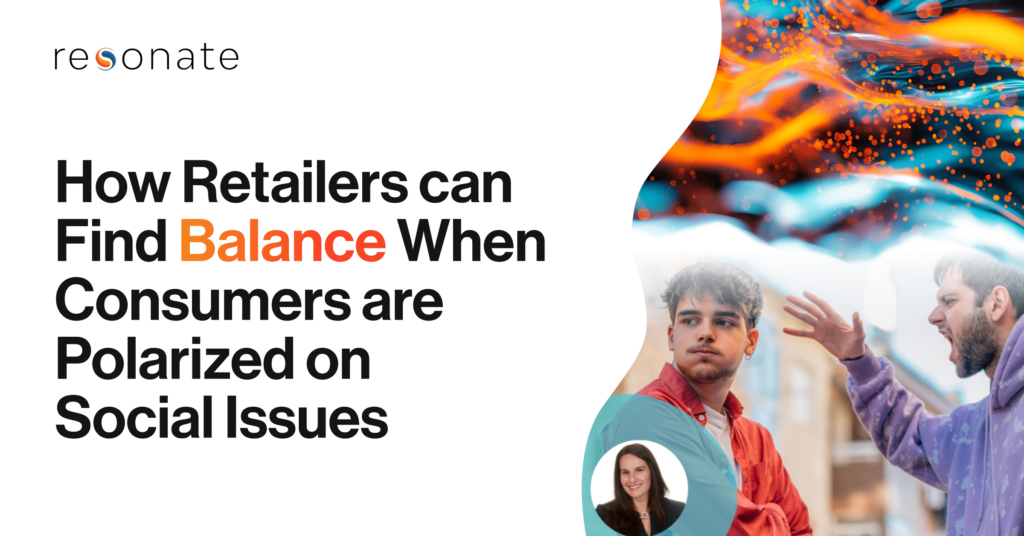This is the second in a series of blog posts that highlight—and provide a behind the scenes look into the development and launch of Resonate’s newly enhanced HI-RES platform.
To say that the latest platform release was a team effort would be an understatement. While the overall look and feel of the new Resonate HI-RES platform speaks volumes to how far we’ve come, it doesn’t fully reflect the range of accomplishments and upgrades made behind the scenes.
The work on Resonate HI-RES included significant backend engineering and infrastructure updates to increase performance and usability. In one example, both the Engineering and Technical Operation teams moved many of the company’s back-end systems to Amazon Web Services (AWS), which now accounts for approximately 40% of the overall technical infrastructure.
“When I joined Resonate in July of 2014, our infrastructure was predominantly hosted in our datacenter. Our cloud infrastructure was practically non-existent,” said Rod Cordova, Director of Technical Operations. “Over the course of almost two years we have transitioned and are continuing to migrate all non-Big Data infrastructure to AWS.”
What does this mean for platform performance and development moving forward? A few key things:
- The timelines for pre-production activities such as assembling and testing code have been greatly improved from hours to minutes
- Code is more easily maintained and there is less reinventing of the wheel on the backend
- The cloud based solutions are built for scale beyond what we originally had available to us
- We now have the ability to introduce components of our application and swap them easily in days as opposed to weeks
- We now run everything in the cloud which helps with expanding capacity for what we can deliver moving forward
All of this translates into the new front-end capabilities within Resonate HI-RES.
“Performance is a feature with the latest platform release,” said Bryan Gernert, CEO. “The biggest difference in Resonate HI-RES is the simplicity in understanding how and what to do. No one wants to wait for anything these days. Previous iterations of the platform had extra steps and that adds up.”
“We now have greater cohesion between everything that we’ve simplified in the platform,” said Pedro Alvarado, Principal Software Engineer at Resonate. “We’re now presenting data in a way that’s easy to digest for our clients. Performance in the platform is now 30% faster than before.”
Part of simplifying the platform involved a design overhaul in order to make navigation not only faster, but also more intuitive for users. The goal was to make it easier to ask questions in the platform quickly and with fewer clicks. The new navigation now allows you to build multiple audiences, edit them, and also adjust the definition of the audiences in order to get to the data that you’re looking for.
“The previous iteration of the platform wasn’t necessarily an easy product to use or understand. The goal from a UX design perspective was to build a prototype that focused on improving the user experience,” said Bob Kohute, Director of User Experience. “We focused on making the visualizations more powerful and on making it easier to navigate between the different workbenches.”
The finished product is a streamlined platform that has a cleaner design and increased capabilities. These enhancements have brought us closer to creating, analyzing and actually activating all within the platform whereas we couldn’t before. The backend work also allowed for the ability to now integrate with DMPs and email.
“We saw designers help code and coders help plan as part of this project. Planners helped sell and sellers ran tests. Testers built servers, while server builders provided support,” said Chris Harbert, Director of Information Quality. “Nearly every department in the company tested, provided feedback, and informed the design each step of the way. It was a beautiful, all-encompassing circle of supporting each other to complete our work on the product.”
“I am so proud of our team’s abilities and achievements,” echoed Rod. “This is what it means to be a Resonator: always evolving, always improving, and moving forward.”



